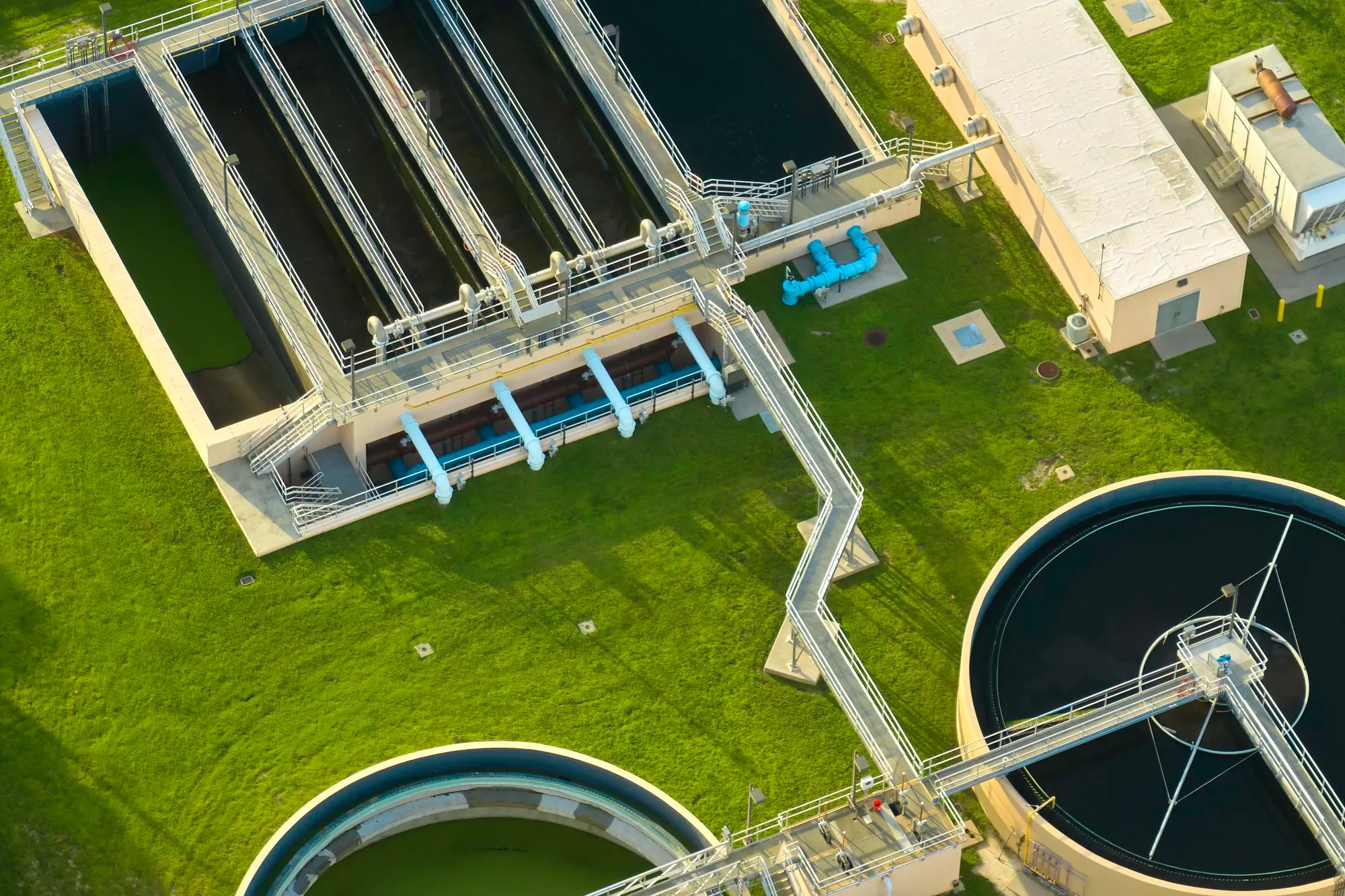Keywords
1. Cellulose Microspheres
2. Heavy Metal Removal
3. Green Technology
4. Electrostatic Droplet Method
5. Chromium Removal
In an era where environmental conservation is paramount, the development of green technologies for industrial applications is vital. In this context, a trailblazing study conducted by a team of researchers from the Key Laboratory of Intelligent Textile and Flexible Interconnection of Zhejiang Province, Zhejiang Sci-Tech University, and the State Key Laboratory for Modification of Chemical Fibers and Polymer Materials, Donghua University, has hit the headlines. The research presents an eco-friendly method to produce cellulose microspheres (CM) with superior structural controllability and stability, demonstrating remarkable efficiency in removing harmful Chromium (VI) from wastewater. Published in “Carbohydrate Polymers” on March 15, 2024, under the article number 121749 and DOI: 10.1016/j.carbpol.2023.121749, this groundbreaking study shifts the paradigm of wastewater treatment.
Cellulose microspheres have been identified as promising materials for removing heavy metals, such as Hexavalent Chromium (Cr(VI)), from contaminated water due to their biocompatibility, abundance, and excellent adsorption properties. However, traditional production methods often rely on complex equipment and toxic reagents. Addressing these concerns, the team led by Miao Zhouyu, Mu Mengya, Yu Hou-Yong, and Dong Yanjuan has developed a simpler and more environmentally-conscious technique using an electrostatic droplet approach.
The technique utilizes electrostatic forces to shape the droplets which in turn form cellulose microspheres. When a voltage of 10 kV is applied (referred to as CM10), the resulting CMs are smaller, exhibit a regular linear morphology, and possess a larger specific surface area compared to those prepared without an electric field (referred to as CM0). This increase in surface area equates to an impressive 36.60% improvement. Moreover, CM10 versions offer excellent underwater stability, bouncing back to their original shape in a mere 0.5 seconds after being deformed.
A core finding of the study is the CM10’s superior efficiency in adsorbing Cr(VI) from aqueous solutions. With an adsorption capacity of 190.16 mg/g, CM10 outperforms CM0 by an impressive 72.15%. This enhancement is credited to CM10’s unique structure and the introduction of more amino groups during production which boost its binding capability. The practical implications are substantial; CM10’s remarkable adsorption capacity ensures that it has significant potential for application in industrial wastewater treatment processes.
Furthermore, the team’s research goes beyond just the initial adsorption capacity. CM10 has been proven to maintain good cyclic adsorption, which speaks to its usefulness over multiple treatments. This reusability factor is crucial for economic and environmental reasons. The high dynamic adsorption efficiency of CM10 also suggests that it can effectively cope with the continuous flow conditions typical in real-world wastewater treatment plants.
The authors of the study have confirmed that they have no known competing financial interests or personal relationships that might appear to influence the paper’s findings. Their unbiased research offers a fresh perspective on “green” technology that could have far-reaching applications. By addressing the limitations of current CM production techniques, this study demonstrates how eco-friendly innovations have the potential to revolutionize wastewater treatment, specifically targeting heavy metal removal.
References
1. Yu, Hou-Yong, et al. “‘Green’ Electrostatic Droplet-Assisted Forming Cellulose Microspheres with Excellent Structural Controllability and Stability for Efficient Cr(VI) Removal.” Carbohydr Polym., vol. 328, 15 Mar. 2024, pp. 121749. Copyright © 2023 Elsevier Ltd. All rights reserved.
2. Wan, Yuqin, et al. “Preparation and applications of cellulose nanoparticles: A review.” Carbohydrate Polymers, vol. 234, 2020, pp. 115915.
3. Liu, Xianhua, et al. “Cellulose-based hydrogels for heavy metal ion removal from aqueous solutions.” Cellulose, vol. 27, 2020, pp. 5465-5482.
4. Huang, Yan, et al. “Biodegradable and biocompatible cellulose materials in drug delivery and biomedical applications.” Drug Delivery, vol. 27, no. 1, 2020, pp. 444-460.
5. Zhang, Xiang, et al. “Comparison of different methods for the point-of-use removal of chromium from drinking water—Risk and economic assessment.” Water Research, vol. 150, 2019, pp. 431-441.
This fascinating research not only represents a significant step towards “greener” production methods for wastewater treatment but also underscores the crucial role of environmentally friendly technologies in sustaining our planet’s health. As industries and governments worldwide strive to reduce their environmental footprint, studies like this – bolstered by robust and innovative science – will be the cornerstone of sustainable growth and development. With cellulose microspheres leading the charge, the future looks cleaner and greener for our waterways.
